Home>Gardening & Outdoor>Landscaping Ideas>When To Plant Grass In San Antonio
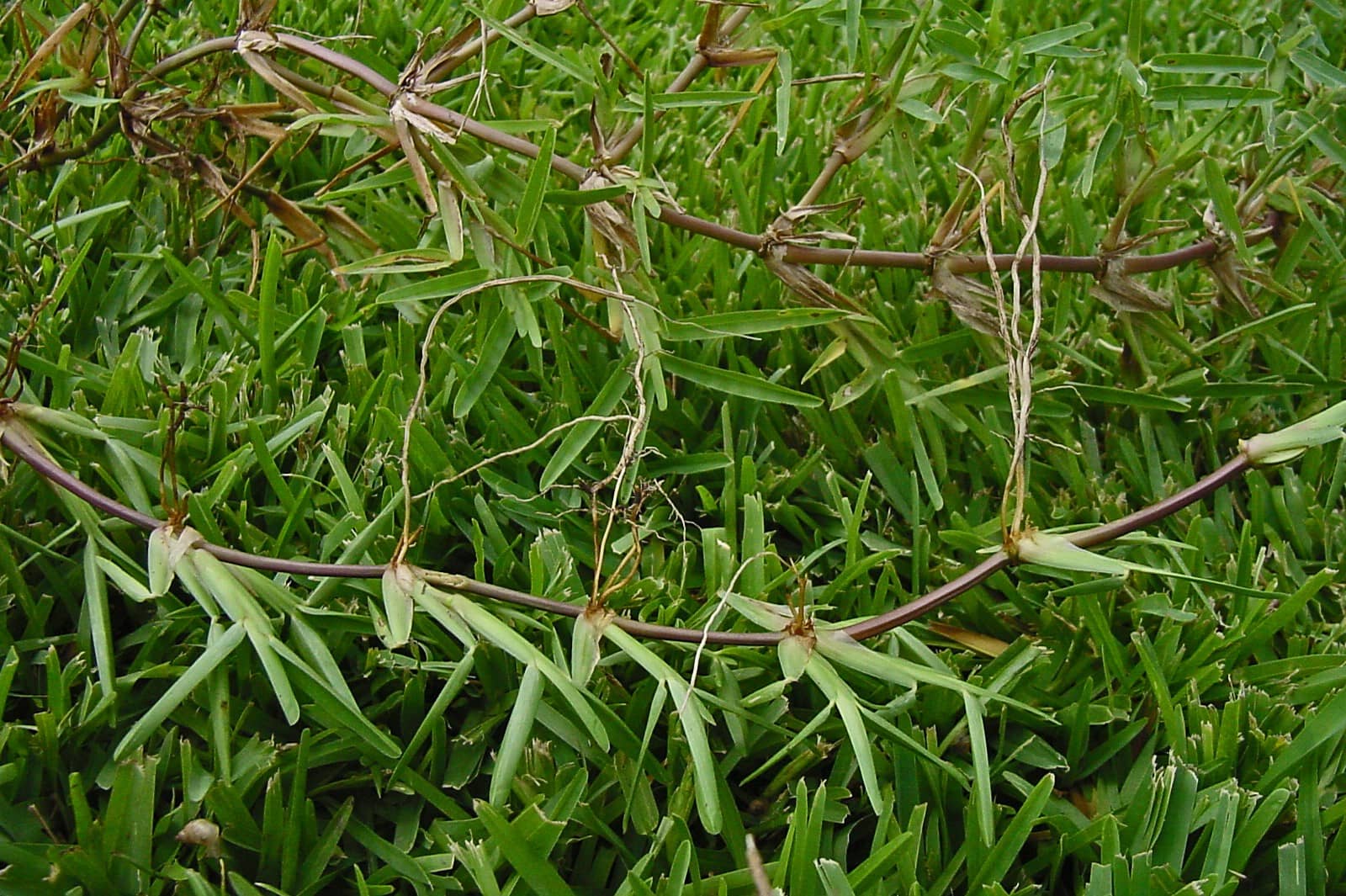

Landscaping Ideas
When To Plant Grass In San Antonio
Modified: March 28, 2024
Find the best landscaping ideas for San Antonio and learn when to plant grass to achieve a beautiful and thriving lawn. Discover expert tips and recommendations for successful landscaping projects.
(Many of the links in this article redirect to a specific reviewed product. Your purchase of these products through affiliate links helps to generate commission for Storables.com, at no extra cost. Learn more)
**
Introduction
**
San Antonio, often referred to as the "Alamo City," is known for its rich cultural heritage, vibrant community, and diverse landscapes. The city's warm climate and ample sunshine make it an ideal location for lush, green lawns and thriving gardens. Whether you're a long-time resident or a newcomer to the area, understanding the best time to plant grass in San Antonio is essential for achieving a healthy and vibrant lawn.
In this comprehensive guide, we will explore the optimal timing for planting grass in San Antonio, the most suitable grass types for the region, and the necessary steps to prepare and care for your new lawn. By gaining insights into San Antonio's unique climate and the specific needs of different grass varieties, you can ensure the successful establishment of a beautiful and resilient lawn that enhances the charm of your outdoor space.
Join us as we delve into the nuances of landscaping in San Antonio and discover the key factors that contribute to a thriving grassy expanse in this dynamic Texan city. Whether you're a gardening enthusiast or a homeowner looking to elevate your property's curb appeal, this guide will equip you with the knowledge and confidence to cultivate a stunning lawn that flourishes in San Antonio's inviting climate.
**
Key Takeaways:
- Plant warm-season grasses like Bermuda and St. Augustine in San Antonio during spring for a lush lawn, and cool-season grasses like fescue in fall for year-round greenery.
- Prepare soil by testing, removing weeds, and adding nutrients before planting grass. Care for the new lawn with consistent watering, fertilization, and vigilant monitoring for pests and diseases.
Read more: When To Water My Grass In San Antonio
Understanding San Antonio’s Climate
**
San Antonio experiences a subtropical climate characterized by hot summers, mild winters, and moderate to high humidity. The city is situated in USDA hardiness zones 8a and 8b, which play a crucial role in determining the types of grass that thrive in this region. With scorching summer temperatures often exceeding 100°F (37.8°C) and sporadic rainfall, it’s essential to select grass varieties that can withstand the heat and occasional periods of drought.
Understanding the climate patterns in San Antonio is vital for making informed decisions about lawn care and landscaping. The city’s climate features long, sweltering summers with ample sunshine, providing an optimal environment for warm-season grasses to flourish. Conversely, the relatively mild winters allow for the successful establishment of cool-season grasses, offering homeowners a range of options when it comes to selecting the most suitable grass species for their lawns.
Moreover, San Antonio’s climate is characterized by occasional heavy rainfall and the potential for extreme weather events, such as thunderstorms and flash floods. These factors should be taken into account when planning the timing and methods for planting grass, as well as implementing effective irrigation and drainage systems to support the long-term health of the lawn.
By gaining a deeper understanding of San Antonio’s climate, including its temperature fluctuations, precipitation patterns, and seasonal variations, homeowners can make informed choices about the most appropriate grass varieties and the optimal timing for planting and maintaining a resilient and visually appealing lawn.
**
Best Time to Plant Grass in San Antonio
**
Choosing the right time to plant grass in San Antonio is pivotal for ensuring the successful establishment of a thriving lawn. The city’s climate, with its distinct seasonal patterns and temperature fluctuations, influences the optimal timing for planting different grass species. Generally, the best time to plant grass in San Antonio is during the spring and fall seasons, when the weather conditions are conducive to the growth and establishment of new lawns.
Spring, particularly from late March to early May, offers an ideal window for planting warm-season grasses in San Antonio. As the temperatures begin to rise and the risk of frost diminishes, warm-season grass varieties such as Bermuda, Zoysia, and St. Augustine can be planted to take advantage of the longer daylight hours and warmer soil, promoting robust root development and vigorous growth.
Alternatively, the fall season, typically from late September to early November, presents another opportune period for planting grass in San Antonio. The milder temperatures and reduced heat stress create favorable conditions for cool-season grasses like fescue and ryegrass to establish themselves before the onset of winter. Planting grass in the fall allows the roots to develop and strengthen during the cooler months, setting the stage for lush, green growth when spring arrives.
It’s important to consider the specific characteristics of the grass species you intend to plant, as well as the prevailing climate conditions, when determining the best time for lawn establishment. By aligning your grass planting schedule with the optimal seasons for growth and root development, you can maximize the chances of achieving a healthy and vibrant lawn that thrives in San Antonio’s unique climate.
**
Types of Grass Suitable for San Antonio
**
When it comes to selecting the most suitable grass for your San Antonio lawn, several factors, including climate, soil type, and intended use, should be taken into consideration. In the warm and humid climate of San Antonio, warm-season grasses are particularly well-suited for thriving in the region’s conditions. Here are some popular grass varieties that are suitable for planting in San Antonio:
- Bermuda Grass: Known for its exceptional heat tolerance and resilience, Bermuda grass is a popular choice for San Antonio lawns. It thrives in full sun and exhibits excellent drought resistance, making it well-suited for the city’s hot summers.
- St. Augustine Grass: Recognized for its lush, dense growth and shade tolerance, St. Augustine grass is an excellent option for San Antonio homeowners seeking a low-maintenance and visually appealing lawn. It performs well in the city’s warm climate and can withstand moderate foot traffic.
- Zoysia Grass: With its ability to thrive in both sun and partial shade, Zoysia grass is a versatile choice for San Antonio lawns. It boasts good heat tolerance and requires minimal maintenance, making it an attractive option for residential landscapes.
- Buffalo Grass: Ideal for eco-conscious homeowners, Buffalo grass is a low-maintenance, drought-tolerant grass variety that thrives in San Antonio’s warm climate. It forms a dense, fine-textured turf and exhibits excellent heat tolerance, making it a sustainable choice for lawns.
While warm-season grasses are well-suited for San Antonio’s climate, some homeowners may prefer the year-round greenery offered by cool-season grasses. Fescue and ryegrass are cool-season grass varieties that can thrive in San Antonio during the cooler months, providing an alternative for those seeking a blend of warm and cool-season grasses for their lawns.
By carefully considering the unique characteristics and maintenance requirements of each grass type, homeowners can make informed decisions about the most suitable varieties for their San Antonio lawns, ensuring a lush and resilient turf that enhances the beauty of their outdoor spaces.
**
The best time to plant grass in San Antonio is during the spring or fall when the temperatures are cooler and there is more moisture in the soil. This will give the grass the best chance to establish strong roots before the heat of summer or the cold of winter.
Preparing Your Soil for Planting
**
Before embarking on the process of planting grass in San Antonio, it’s crucial to prepare the soil to create an optimal environment for the new lawn to take root and thrive. Soil preparation plays a fundamental role in ensuring adequate nutrient levels, proper drainage, and favorable conditions for seed germination or sod establishment. Here are essential steps to prepare your soil for planting grass in San Antonio:
- Soil Testing: Conduct a soil test to assess the pH levels and nutrient content of your soil. This information will guide you in making informed decisions about soil amendments and the selection of fertilizers tailored to the specific needs of your lawn.
- Weed Removal: Clear the area of any existing weeds or unwanted vegetation. This can be accomplished by manually removing weeds or utilizing herbicides to eliminate persistent weed growth that may hinder the establishment of the new grass.
- Aeration: Aerating the soil promotes better air circulation, water absorption, and root development. For compacted soils, aeration helps alleviate soil compaction and improves the overall soil structure, creating an environment conducive to healthy grass growth.
- Soil Amendments: Based on the results of the soil test, incorporate organic matter or soil amendments such as compost, peat moss, or well-decomposed manure to enrich the soil and enhance its fertility. This step is crucial for providing essential nutrients and improving the soil’s texture and water retention capacity.
- Leveling and Grading: Ensure that the soil is leveled and graded to promote uniform water distribution and prevent water pooling or runoff. Proper grading facilitates efficient drainage, reducing the risk of waterlogged areas that can impede the growth of newly planted grass.
By meticulously preparing the soil before planting grass, homeowners can create an optimal foundation for their new lawn, setting the stage for successful germination, robust root development, and vigorous growth. Taking the time to address soil quality and structure can significantly contribute to the long-term health and resilience of the grass, ultimately yielding a lush and vibrant lawn that enhances the aesthetic appeal of any outdoor space in San Antonio.
**
Steps for Planting Grass
**
Planting grass in San Antonio involves a series of essential steps that are instrumental in ensuring the successful establishment of a healthy and vibrant lawn. Whether you opt for seeding or sodding, following these guidelines will help you navigate the process of planting grass with confidence and expertise:
- Selecting the Right Grass: Choose a grass variety that is well-suited for San Antonio’s climate and aligns with your lawn’s specific requirements, such as sun exposure, foot traffic, and maintenance preferences.
- Seedbed Preparation: If seeding, prepare the seedbed by raking the soil to create a fine, level surface. Ensure good seed-to-soil contact by lightly raking or rolling the area after seeding.
- Sod Installation: For sodding, lay the sod in a staggered pattern, ensuring that the edges are tightly butted together to prevent gaps. Water the sod immediately after installation to promote root establishment.
- Fertilization: Apply a high-quality starter fertilizer to provide essential nutrients for the newly planted grass. Follow the manufacturer’s recommendations for the appropriate application rate.
- Watering: Keep the seeded area or newly laid sod consistently moist to support germination or root establishment. Water deeply and avoid allowing the soil to dry out during the critical early stages of growth.
- Mowing and Maintenance: Once the grass reaches a suitable height, mow it at the recommended height for your specific grass variety. Implement a regular maintenance schedule, including watering, fertilization, and weed control, to promote the health and vigor of the lawn.
By diligently following these steps and adhering to best practices for grass planting, homeowners can lay the groundwork for a lush and resilient lawn that thrives in San Antonio’s climate. Whether you opt for seeding or sod installation, attention to detail and proper care during the initial stages of establishment are key to nurturing a stunning and enduring grassy expanse that enhances the beauty of your outdoor environment.
**
Caring for Your Newly Planted Grass
**
After planting grass in San Antonio, providing attentive care and maintenance is essential for nurturing the newly established lawn and promoting healthy growth. Whether you’ve seeded the area or installed sod, the following care guidelines will support the development of a robust and visually appealing grassy landscape:
- Watering: Consistent and adequate watering is crucial for the initial establishment of the grass. Keep the soil moist but not waterlogged, ensuring that the seeds remain consistently damp during the germination period or that the sod’s roots are well-hydrated.
- Monitoring: Regularly inspect the newly planted area for signs of growth, ensuring that the seeds are germinating or that the sod is taking root. Address any issues promptly, such as uneven germination or gaps in sod coverage, to promote uniform and healthy grass growth.
- Fertilization: Apply a high-quality, slow-release fertilizer according to the specific requirements of your grass variety. Avoid over-fertilization, as it may lead to excessive top growth at the expense of root development.
- Mowing: Once the grass reaches the recommended mowing height, carefully mow it to maintain an appropriate length. Avoid removing more than one-third of the grass blade in a single mowing session to prevent stress and promote healthy regrowth.
- Weed Control: Monitor the lawn for any signs of weed growth and implement targeted weed control measures as needed. Addressing weeds early on helps prevent them from competing with the grass for essential nutrients and sunlight.
- Pest and Disease Management: Keep an eye out for signs of pests or diseases that may affect the newly planted grass. Promptly address any issues by employing appropriate pest control methods or seeking professional assistance if necessary.
By providing diligent care and attention to your newly planted grass, you can foster a resilient and visually striking lawn that thrives in San Antonio’s climate. Consistent watering, proper fertilization, vigilant monitoring, and proactive maintenance are key components of nurturing a healthy and vibrant grassy landscape that enhances the allure of your outdoor space.
**
Conclusion
**
Cultivating a lush and vibrant lawn in San Antonio is a rewarding endeavor that begins with a deep understanding of the city’s unique climate and the optimal practices for planting and caring for grass. By considering the best time to plant grass, selecting suitable grass varieties, and meticulously preparing the soil, homeowners can lay the groundwork for a resilient and visually appealing lawn that flourishes in the warm Texan climate.
Understanding San Antonio’s climate, with its hot summers, mild winters, and occasional heavy rainfall, is instrumental in making informed decisions about the most suitable grass species for the region. Warm-season grasses such as Bermuda, St. Augustine, and Zoysia, as well as cool-season options like fescue and ryegrass, offer homeowners a diverse array of choices to create a vibrant and enduring lawn that complements their outdoor environment.
Furthermore, the process of preparing the soil, planting the grass, and providing attentive care during the initial stages of growth sets the stage for the successful establishment of a healthy and resilient lawn. By adhering to best practices for soil preparation, seedbed or sod installation, and post-planting care, homeowners can nurture a stunning grassy expanse that enhances the beauty and charm of their outdoor spaces.
As you embark on the journey of planting and caring for grass in San Antonio, remember that each lawn is a unique expression of creativity and dedication. By leveraging the insights and guidelines outlined in this comprehensive guide, you can embark on the rewarding pursuit of cultivating a thriving and visually captivating lawn that thrives in San Antonio’s inviting climate.
With a blend of knowledge, care, and a touch of creativity, you can transform your outdoor space into a captivating oasis of greenery, where the beauty of nature meets the warmth of Texan hospitality.
Frequently Asked Questions about When To Plant Grass In San Antonio
Was this page helpful?
At Storables.com, we guarantee accurate and reliable information. Our content, validated by Expert Board Contributors, is crafted following stringent Editorial Policies. We're committed to providing you with well-researched, expert-backed insights for all your informational needs.

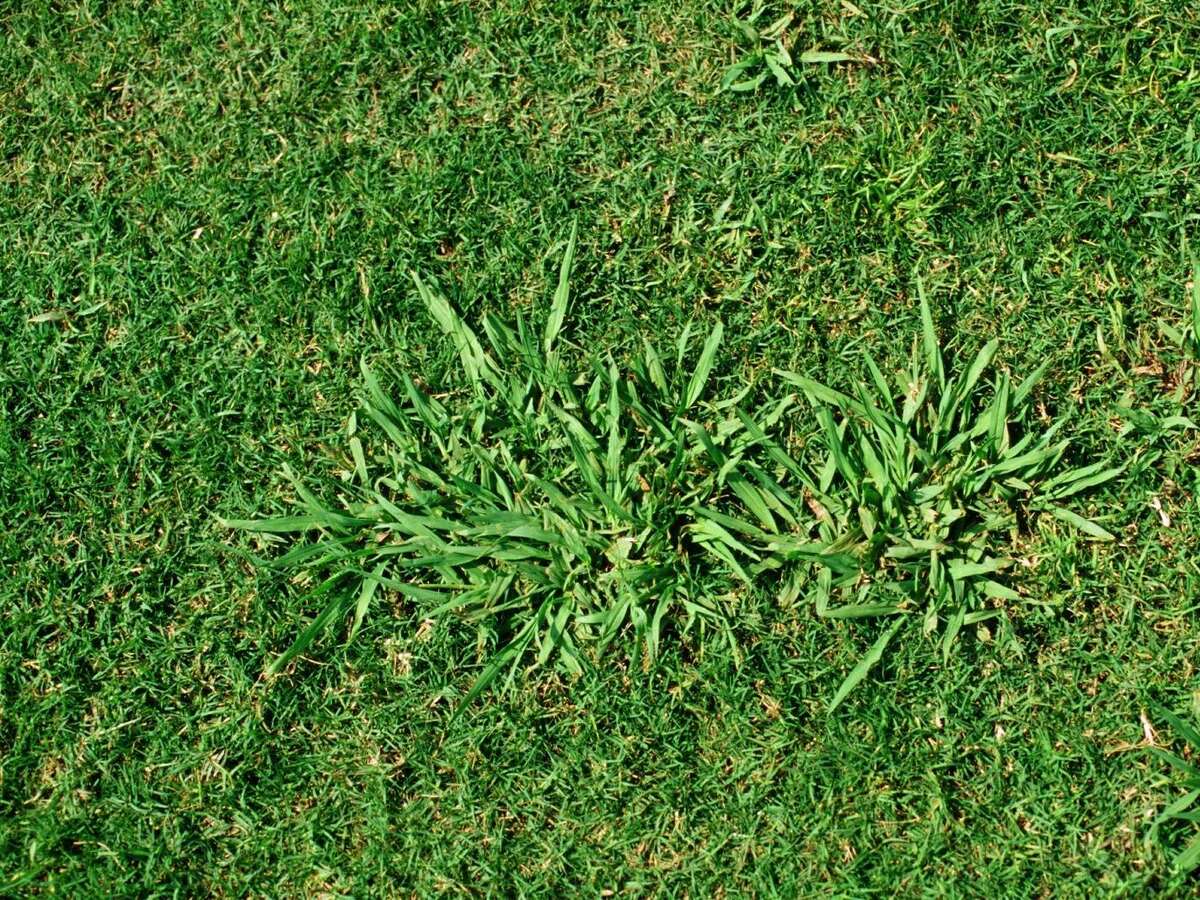
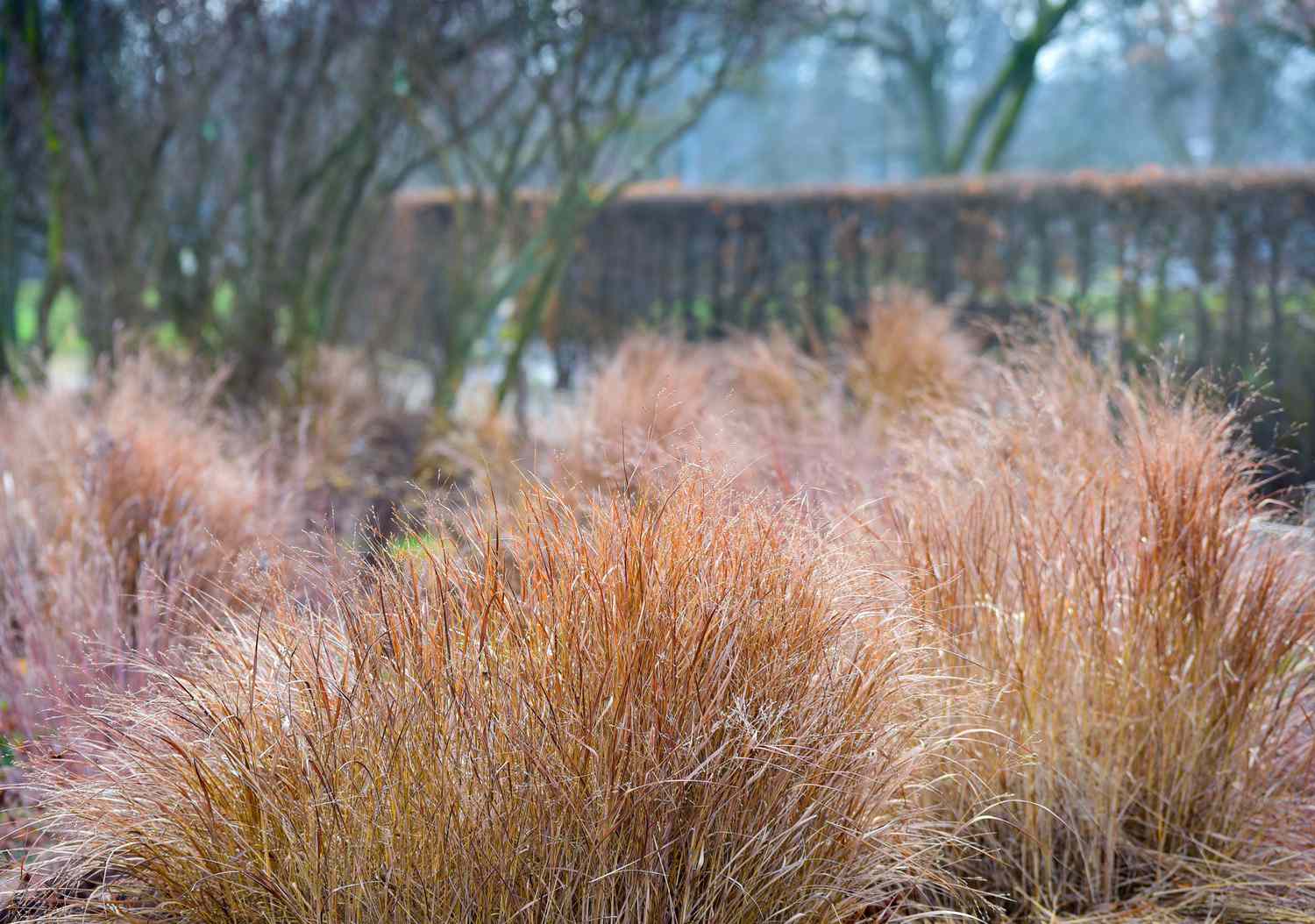



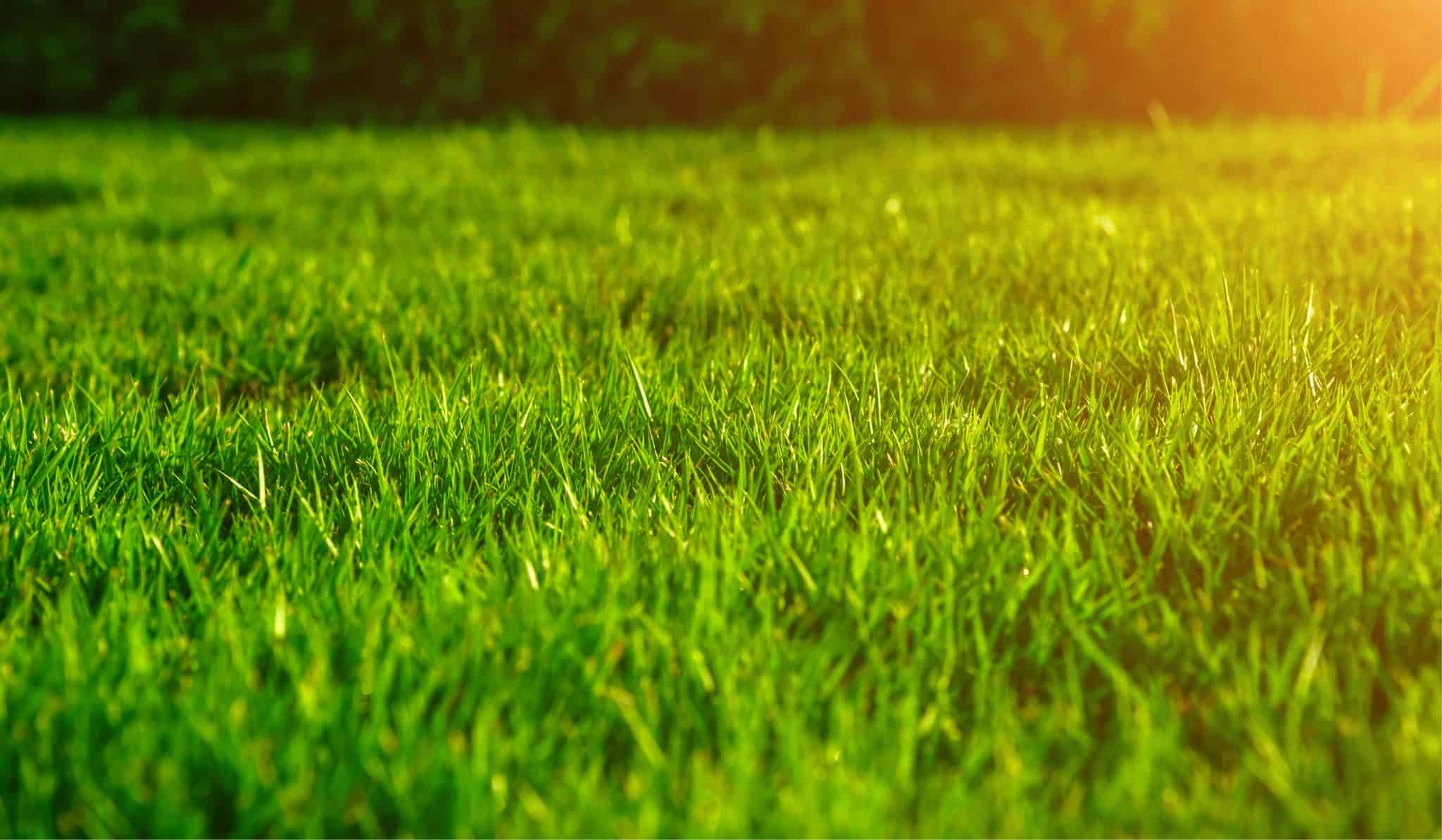
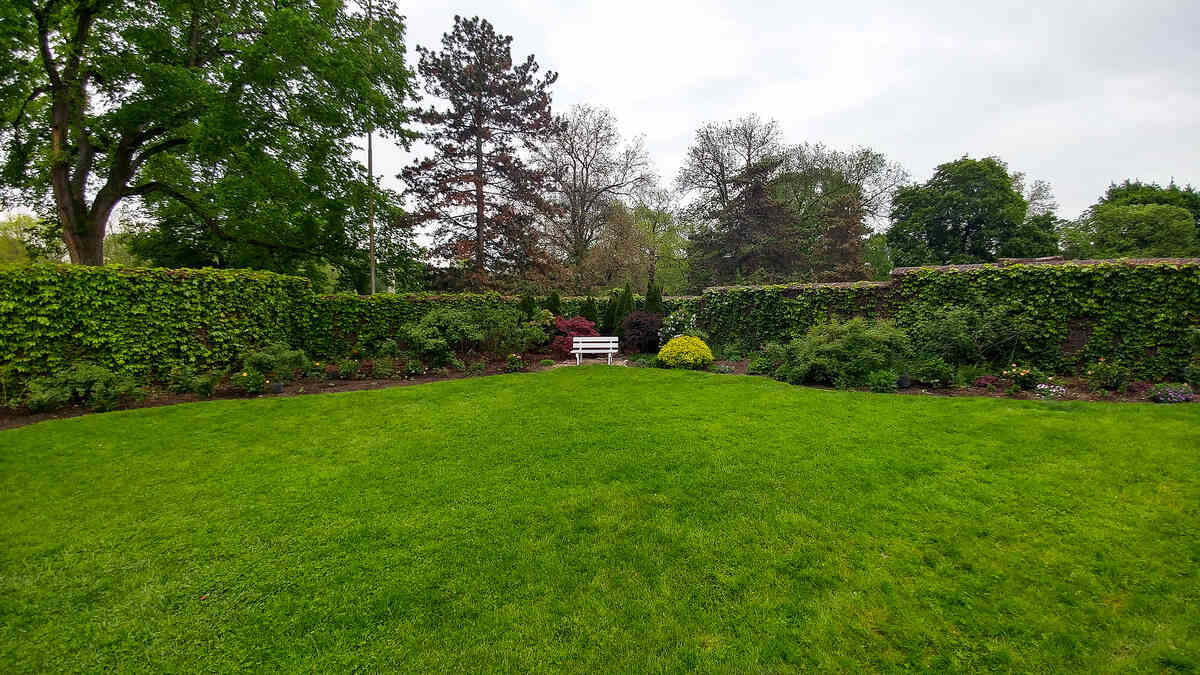
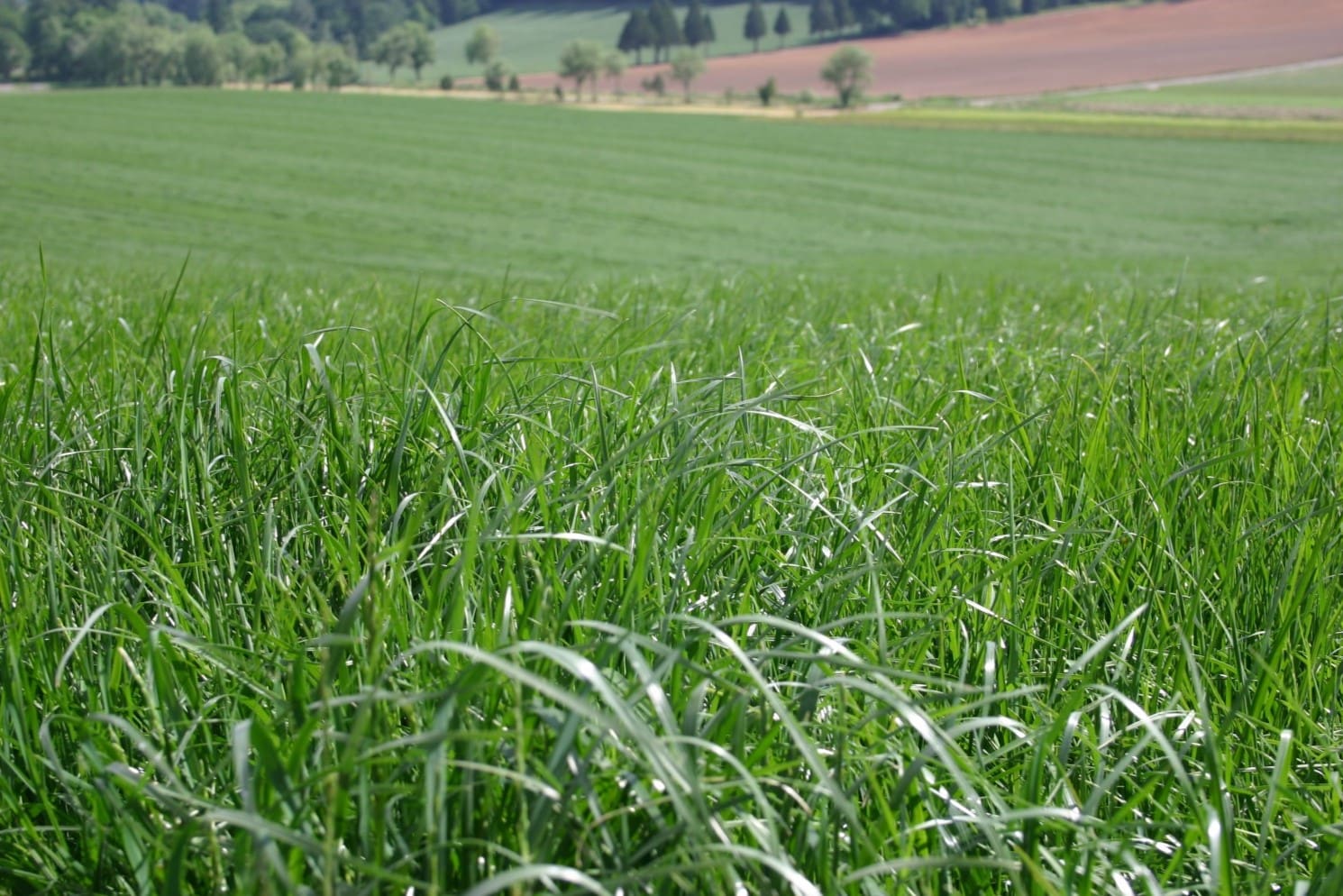
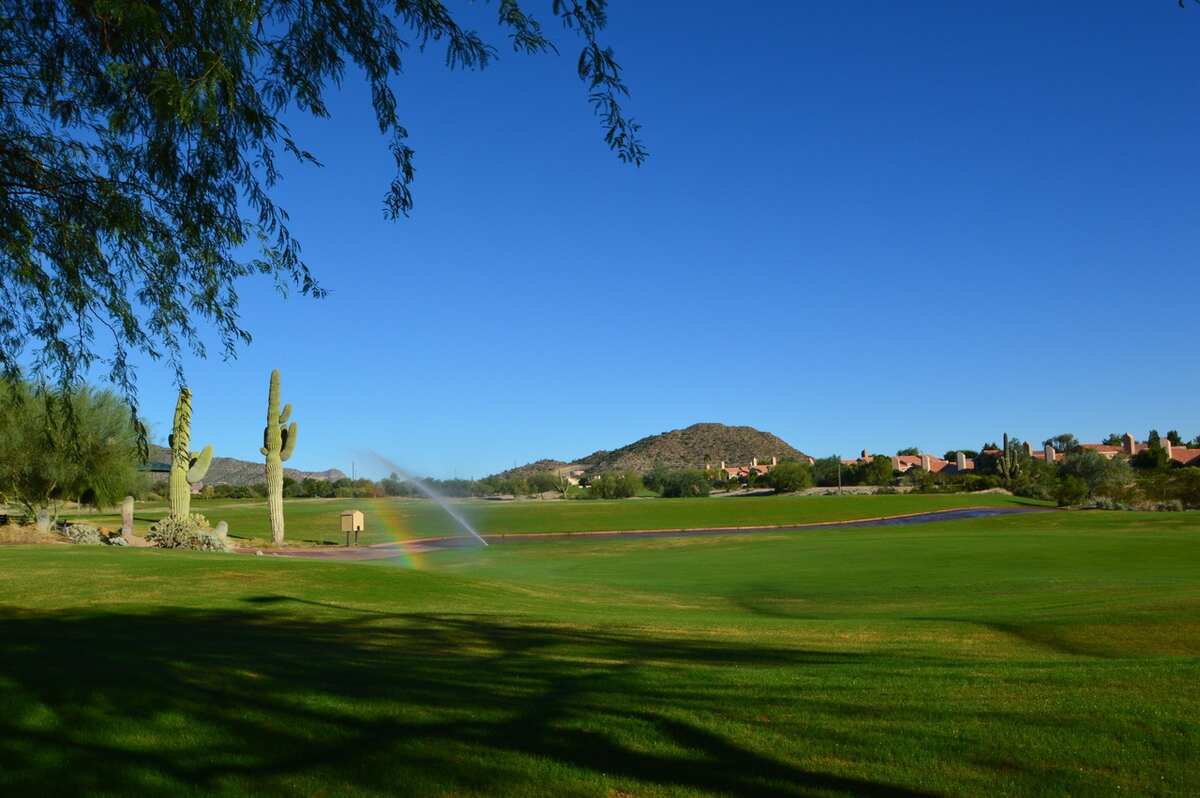
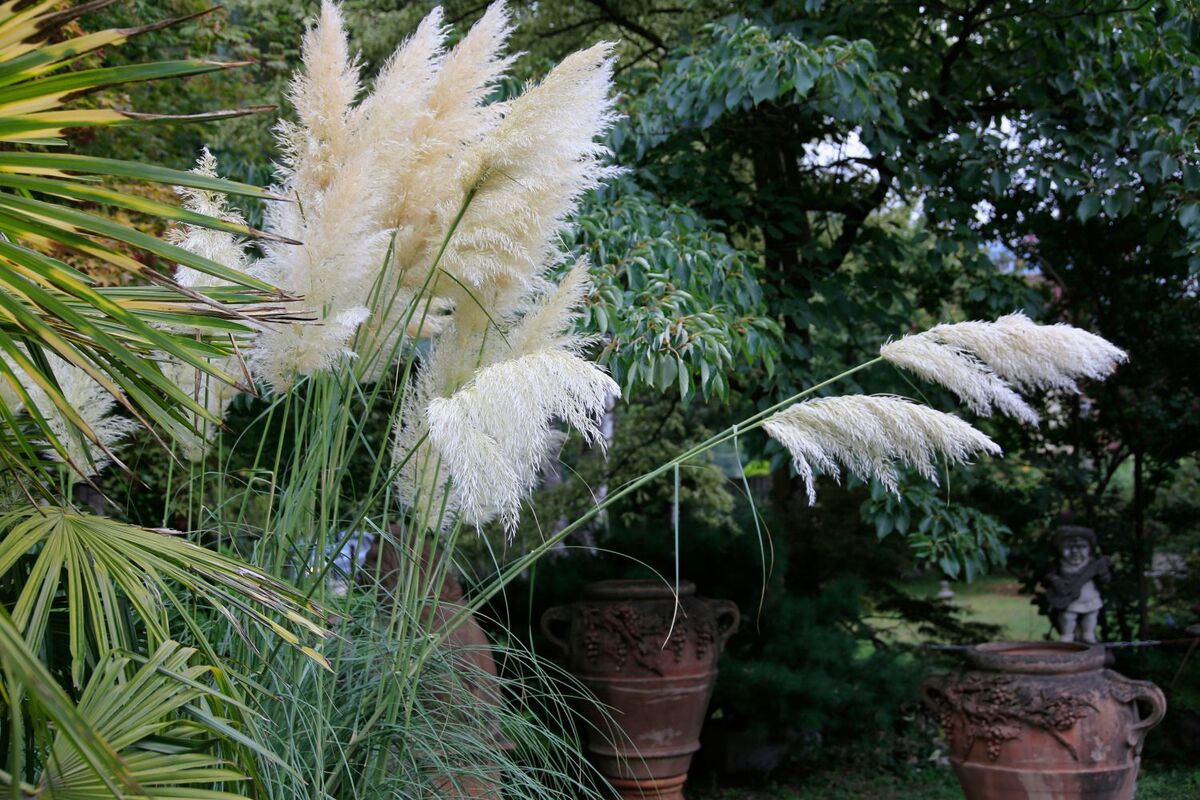
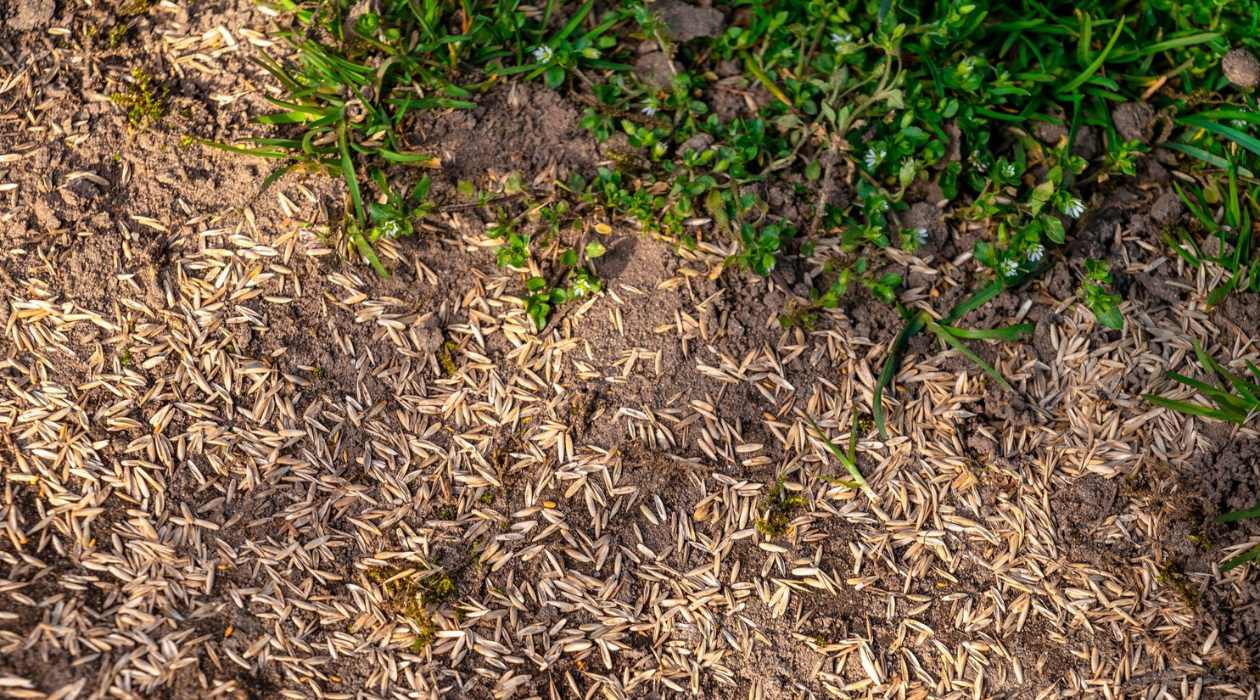
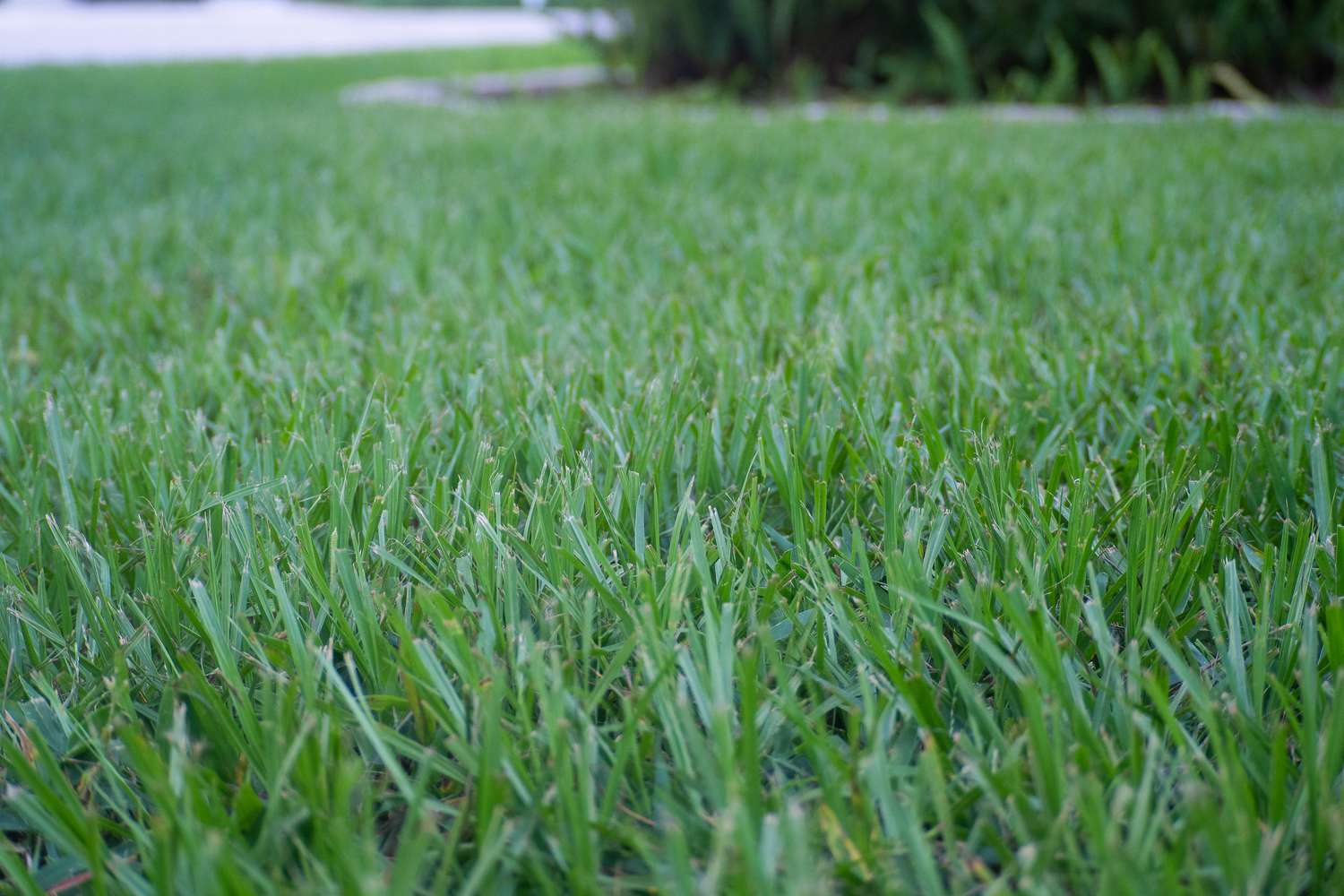
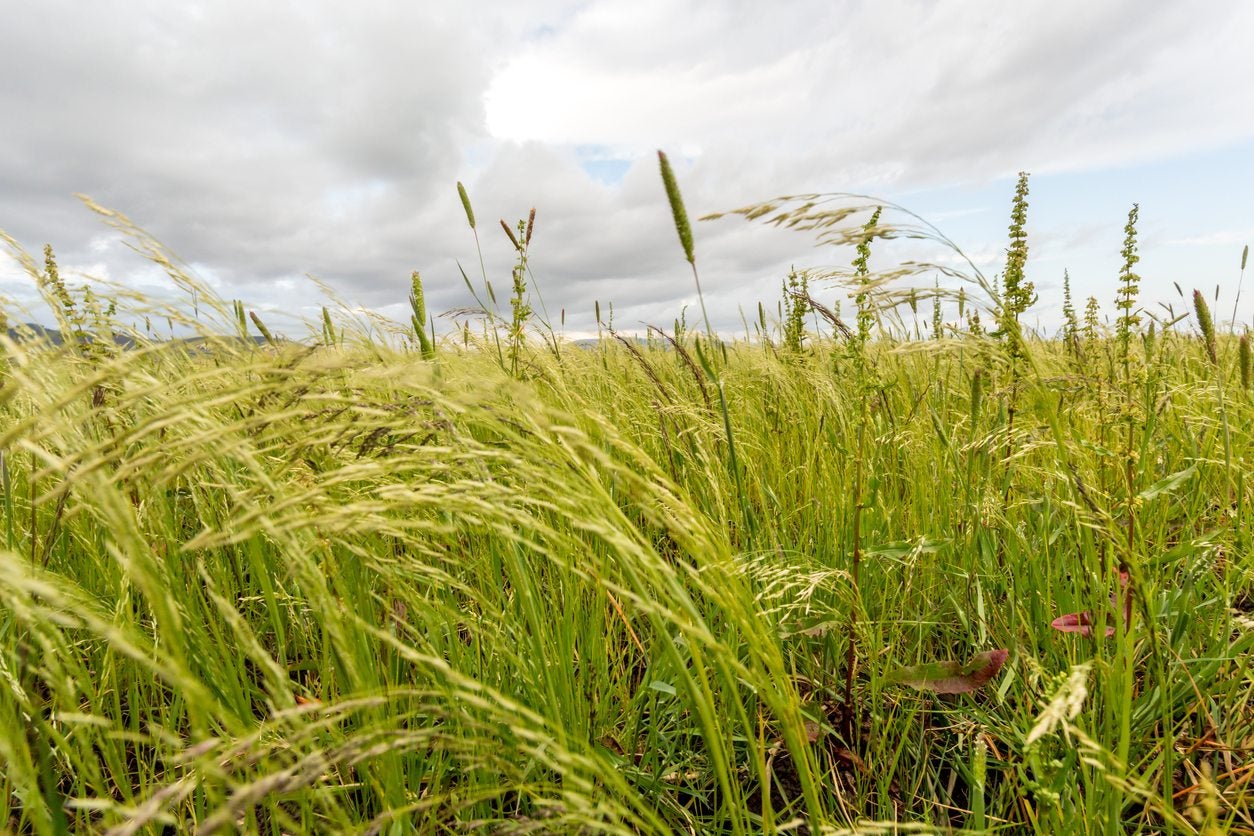

0 thoughts on “When To Plant Grass In San Antonio”